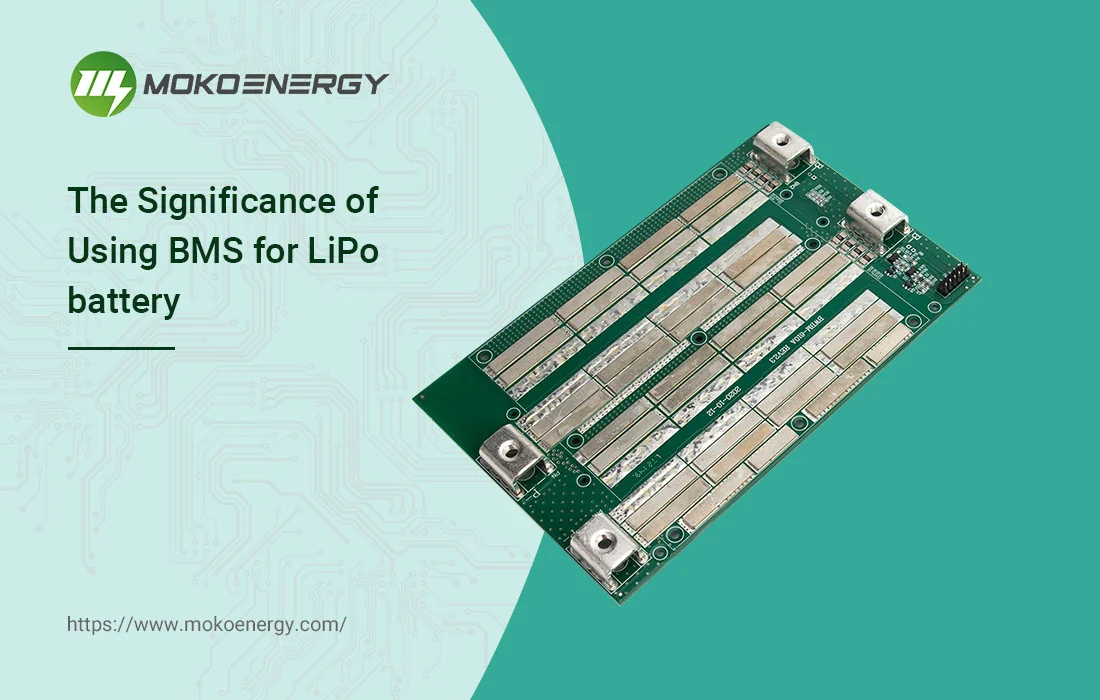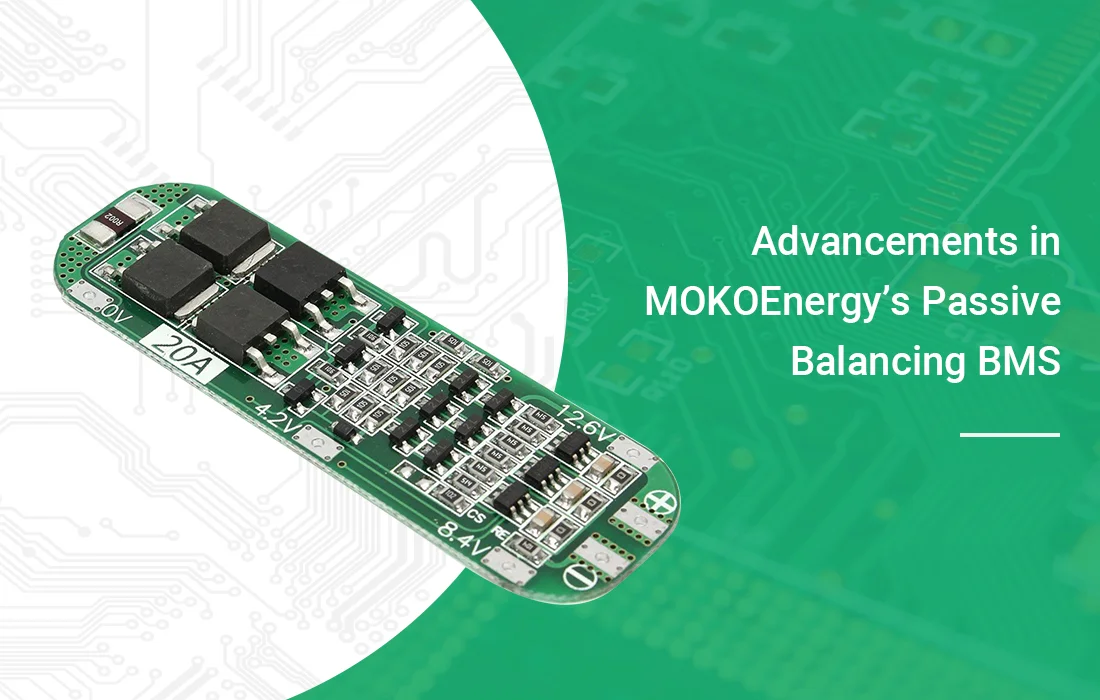Yes, installing BMS for lithium ion batteries is needed to protect your parallel circuit.
1. At a minimum, a combination of discharge cutoff and discharge current limitation shall be required.
2. Set the current limit by the BMS to slightly above your maximum 300 mA load, rather than the battery rating of a typical protection circuit.
3. In addition, when the battery is abnormal, BMS can help disconnect the circuit to protect equipment safety.
MORE: How many BMS should be installed for two separate lithium-ion battery packs connected in series?




